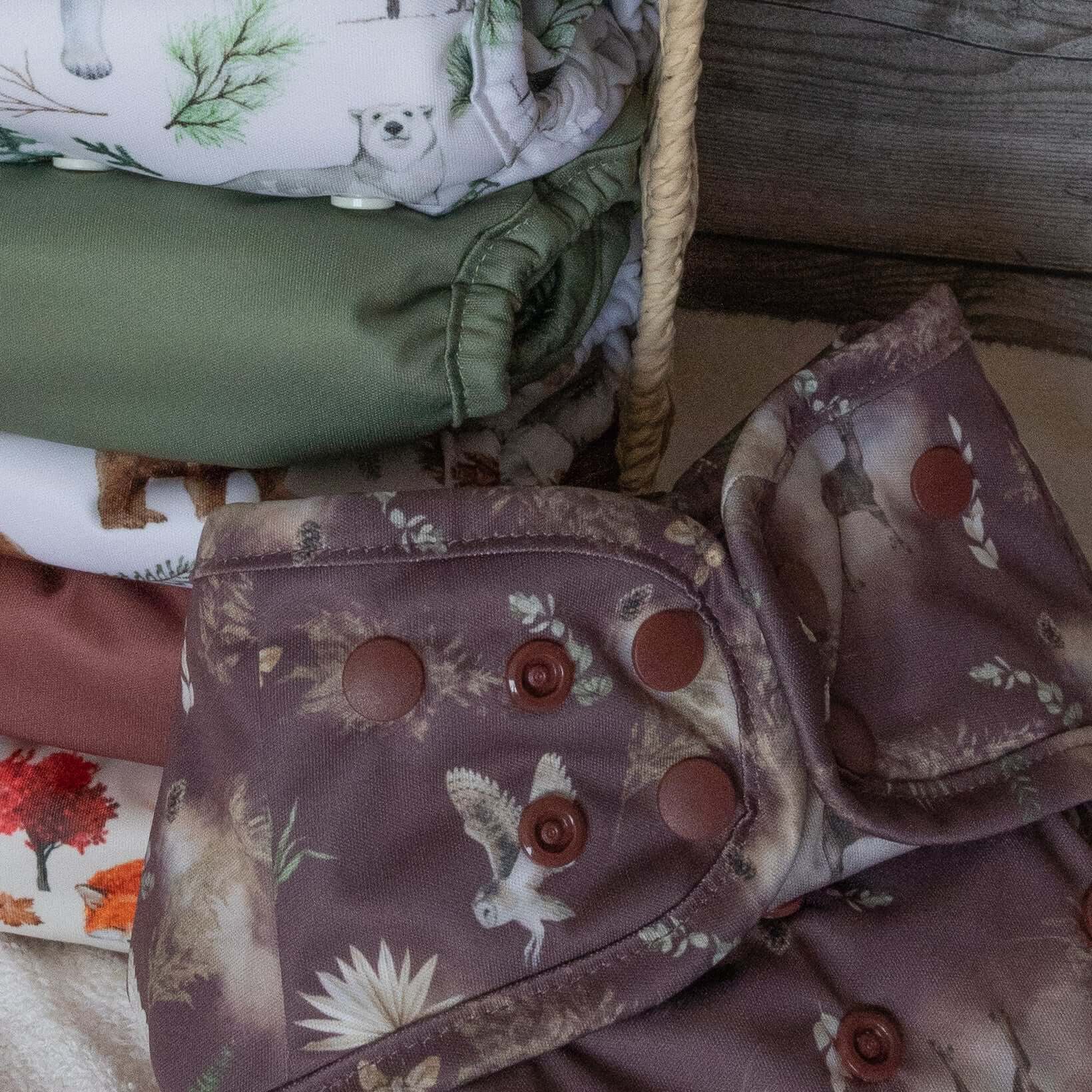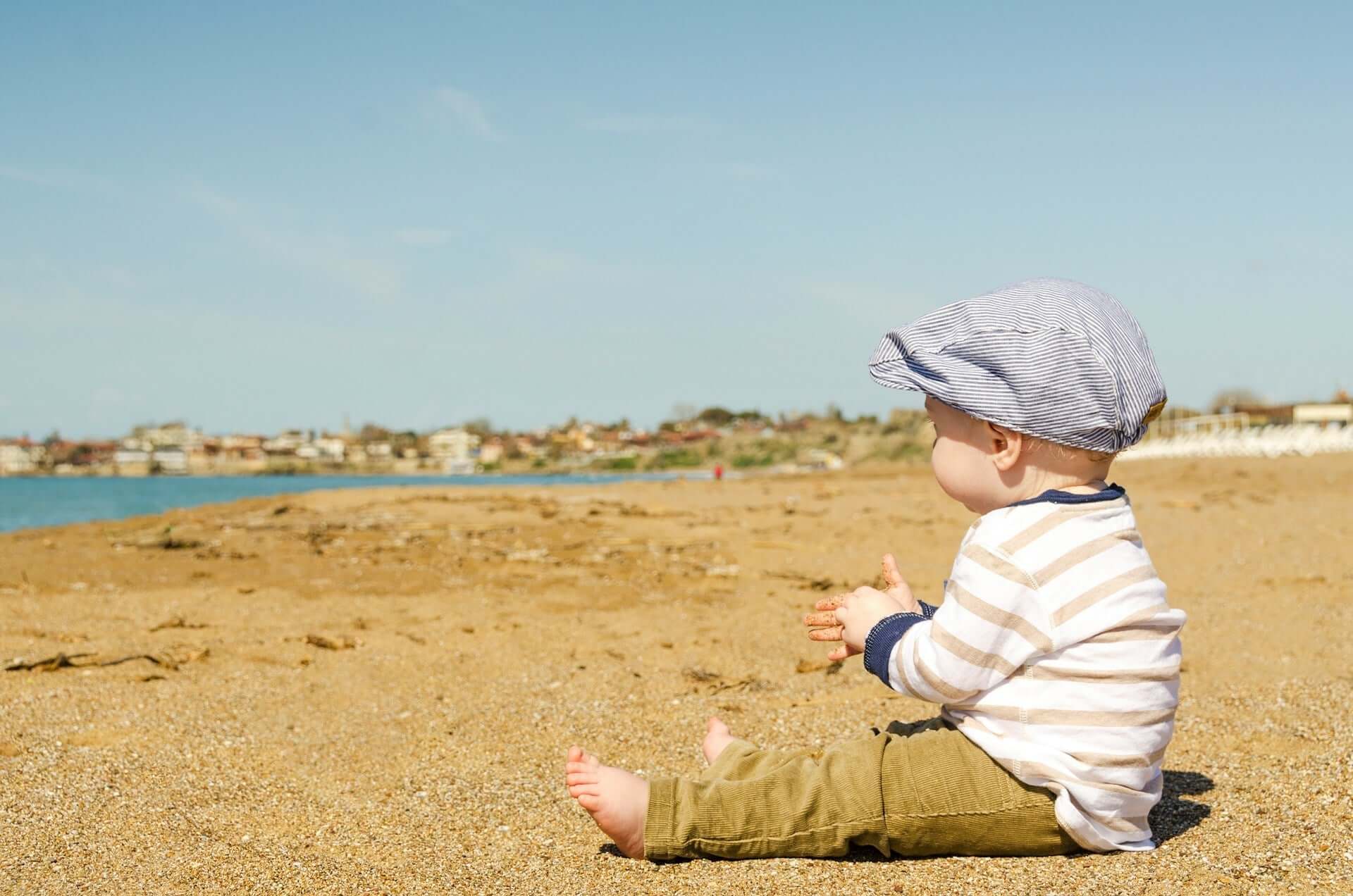
Cloth Diapers vs. Disposable Diapers: Environmental Impact Compared
When it comes to diapering your baby, one of the biggest considerations is the environmental impact. Cloth diapers vs. disposable diapers is a common debate among eco-conscious parents.
So, which option is greener? Let's break it down.
Waste Reduction
Disposable diapers are single-use items, with over 20 billion diapers ending up in US landfills annually. These diapers can take up to 500 years to decompose, contributing significantly to landfill waste. This waste not only occupies valuable landfill space but also releases methane, a potent greenhouse gas, during decomposition.
In contrast, cloth diapers are reusable, dramatically reducing waste. One set of cloth diapers can last through multiple children, preventing thousands of disposables from hitting landfills. By choosing cloth, families can cut their diaper waste by over 90%, making a significant environmental difference over time.
Carbon Footprint
While cloth diapers require water and energy for washing, their overall carbon footprint is lower when used efficiently. Washing in full loads, using energy-efficient machines, and line-drying can further minimize their environmental impact. Studies have shown that cloth diapers can reduce a family's carbon emissions by up to 40% compared to disposables when these practices are followed.
Disposables, on the other hand, involve resource-intensive manufacturing and transportation processes. The production of disposable diapers consumes vast amounts of water, petroleum-based plastics, and chemicals, all of which contribute to their higher carbon footprint. Additionally, the constant need for new products increases the environmental toll over time.
Resource Use
Disposables rely heavily on non-renewable resources like plastic and super-absorbent polymers, which are derived from petroleum. The inner lining of most disposables contains dioxins, a byproduct of bleaching, which can be harmful to both the environment and human health.
Cloth diapers, especially those made from organic cotton, bamboo, or hemp, utilize more sustainable materials. These natural fibers are biodegradable, renewable, and often produced with fewer pesticides and chemicals. Plus, many cloth diaper brands, like Bayrli, are committed to eco-friendly manufacturing practices, further reducing their environmental impact.
Water Consumption: The Hidden Factor
A common concern about cloth diapers is water usage. It's true that washing cloth diapers requires water, but when compared to the water footprint of producing disposable diapers, the difference is less stark. Manufacturing a single disposable diaper uses around 9 gallons of water, while washing a cloth diaper averages around 2-3 gallons per wash, depending on the washing method. Over time, cloth diapers can still come out ahead in terms of total water usage.
Why Choose Cloth?
- Reduces landfill waste, lowers carbon emissions, and minimizes the use of non-renewable resources.
- Although the upfront cost is higher, cloth diapers save money over time, especially if used for multiple children.
- Fewer chemicals, more breathable materials, and reduced risk of diaper rash.
- Available in a variety of designs and fits to suit every baby.
The Bottom Line
Switching to cloth diapers is a powerful step toward a greener future. By reducing waste, lowering carbon emissions, and conserving resources, cloth diapers offer a sustainable solution for eco-conscious families. This isn't just about diapers; it's about the kind of world we want to leave behind. A choice today can ripple through tomorrow.
Ready to make the change? Explore Bayrli’s range of sustainable cloth diapers and be part of a movement that values both our children and the planet they'll inherit.


